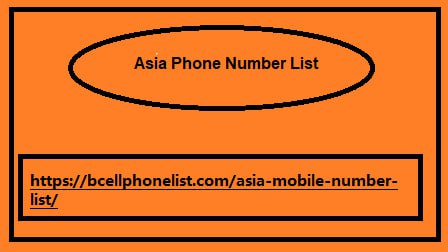Post by account_disabled on Feb 24, 2024 10:38:48 GMT
On the basis of publicly available information, you can create relevant and unobtrusive advertising that you will show to your potential audience. Using a set of contextual signals and proprietary data for audience segmentation, you can apply statistical models, refine audience groups and predict their behavior. For example, you can create contextual advertising, taking into account the following data (contextual signals): day and time ad format country human interests weather, traffic congestion page content web pages results of sports matches in real time computers and mobile devices location Example: Red Lobster, a seafood restaurant, noticed that its site traffic increased the most in the afternoon. Therefore, from 15 to 18, they launched mobile advertising to attract users to the nearest stores.
And they found that customers who saw the ad on the same day began to visit the restaurant by 31% more often, and by 17% the next day . Subscribe to the hot ones MARKETING NEWS MARKETOLOGIST 2.0 > Subscribe to the monthly NEWS DIGEST Enter Asia Phone Number List your E-mail Results: A seafood restaurant chain, using contextual audience signals (interests, location, time), was able to successfully increase attendance and drive sales. With the right contextual cues that engage the brand's personal story, as well as innovative advertising technologies, you can engage with your customers at a higher level. It is also possible to additionally receive improved results of advertising campaigns.

Example: Red Lobster, a seafood restaurant, noticed that its site traffic increased the most in the afternoon. Therefore, from 15 to 18, they launched mobile advertising to attract users to the nearest stores. And they found that customers who saw the ad on the same day began to visit the restaurant by 31% more often, and by 17% the next day. Results: A seafood restaurant chain, using contextual audience signals (interests, location, time), was able to successfully increase attendance and drive sales. With the right contextual cues that engage the brand's personal story, as well as innovative advertising technologies, you can engage with your customers at a higher level. It is also possible to additionally receive improved results of advertising campaigns. Read also : Situational marketing or what is the principle of the "Squid Game"?
And they found that customers who saw the ad on the same day began to visit the restaurant by 31% more often, and by 17% the next day . Subscribe to the hot ones MARKETING NEWS MARKETOLOGIST 2.0 > Subscribe to the monthly NEWS DIGEST Enter Asia Phone Number List your E-mail Results: A seafood restaurant chain, using contextual audience signals (interests, location, time), was able to successfully increase attendance and drive sales. With the right contextual cues that engage the brand's personal story, as well as innovative advertising technologies, you can engage with your customers at a higher level. It is also possible to additionally receive improved results of advertising campaigns.

Example: Red Lobster, a seafood restaurant, noticed that its site traffic increased the most in the afternoon. Therefore, from 15 to 18, they launched mobile advertising to attract users to the nearest stores. And they found that customers who saw the ad on the same day began to visit the restaurant by 31% more often, and by 17% the next day. Results: A seafood restaurant chain, using contextual audience signals (interests, location, time), was able to successfully increase attendance and drive sales. With the right contextual cues that engage the brand's personal story, as well as innovative advertising technologies, you can engage with your customers at a higher level. It is also possible to additionally receive improved results of advertising campaigns. Read also : Situational marketing or what is the principle of the "Squid Game"?
